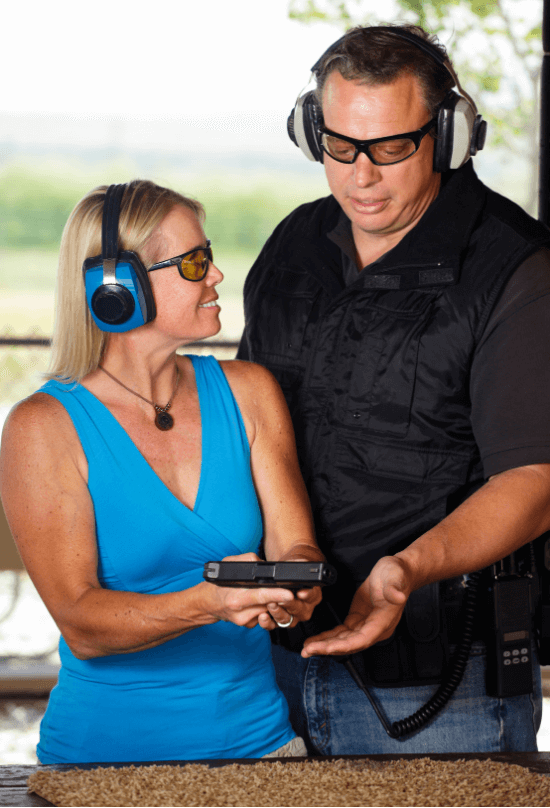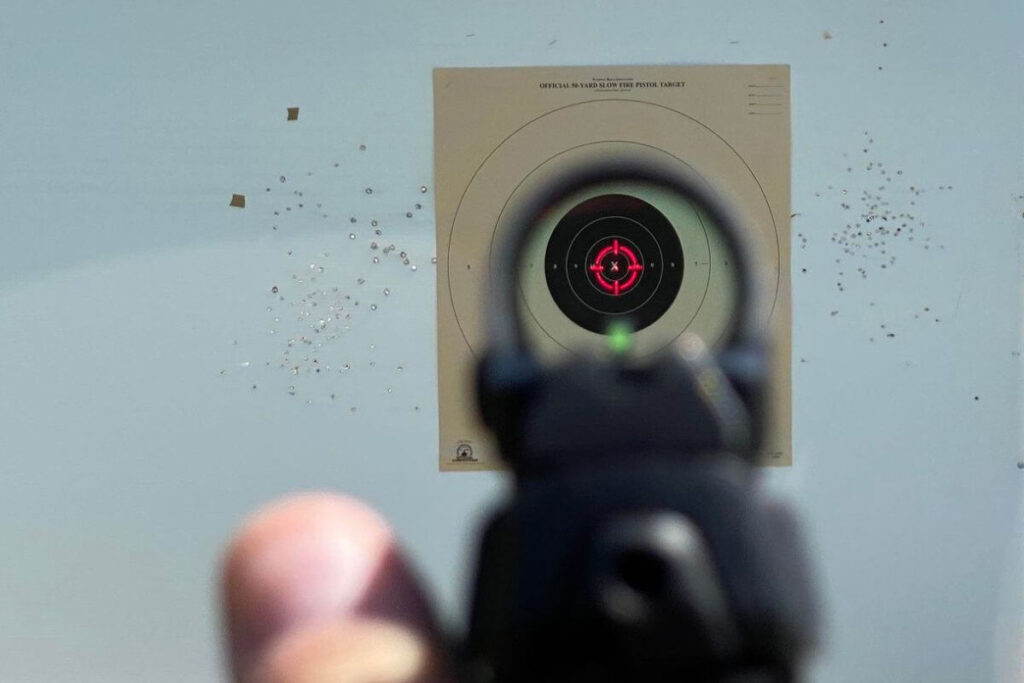0

Note: This article is for educational purposes only and does not constitute legal advice. Always check your local laws and requirements before carrying.
Carrying a concealed firearm is a serious responsibility; one that goes far beyond buying a reliable pistol and a quality holster. From legal accountability to gear choices and training priorities, the way you carry can directly impact your safety, your comfort, and your confidence.
In this guide, we’ll walk through key principles every concealed carrier should understand, including how to choose your setup, practice an effective draw stroke, and make smarter decisions under pressure. Whether you’re new to carrying or refining your everyday setup, these concealed carry tips will help you stay prepared for real-world scenarios.

Before you invest in new accessories or your third pistol, consider this: no piece of gear can replace skill under pressure. Training should be your first priority, particularly in classes that cover live-fire, defensive decision-making, and post-incident legal realities.
Local laws vary widely. Understand what’s required in your state regarding justified use of force, duty to retreat (or lack thereof), and how the courts view self-defense. A great instructor won’t just teach you how to shoot; they’ll teach you when not to.
If you’re budgeting for a new optic, ask yourself: could that money be better spent on a reputable carry class first?
Concealed carry should be discreet and comfortable enough that you’ll actually do it every day, and the holster is at the heart of that equation.
Look for:
The goal is a setup that disappears under a T-shirt, doesn’t shift as you move, and gives you a secure draw every time. This is an essential step in truly knowing how to conceal carry.
There’s no one-size-fits-all answer to concealed carry. Your setup should be tailored to your environment, wardrobe, and use case, rather than just following what’s trending on forums.

Minimalist carry days: Slim guns like the Glock 48 paired with a micro dot (e.g. the Gideon Valor Mini) are great for tighter clothing or environments where concealment is critical.
Full-size comfort: When layered clothing allows, a full-size pistol with a red dot, such as the Gideon Omega, offers excellent shootability and confidence at distance.
Pocket carry options: A snub-nose revolver or slim single-stack pistol can be a viable alternative when belt carry isn’t practical.
The point isn’t to rotate for fun, it’s to match your tool to the mission while staying consistent with your training.
The most important skill you can practice is your draw to first shot (DTFS). In a real encounter, this is where everything counts.
Don’t rush. Speed is worthless without accountability. If you can’t safely stop a draw mid-action when the threat de-escalates, you aren’t truly in control.
Reholstering is often overlooked, and that’s where negligent discharges can happen.
Appendix carry, when done properly, can actually allow safer reholstering because you can see exactly what’s happening, but only if you take your time.
Dry-fire reps are free and incredibly effective. Make time for them. Live fire should test your accountability, not just your speed.
Remember: the average defensive gun use occurs at 3 yards, within 3 seconds, with 3 rounds fired. Train accordingly, not just for the square range.

For fast, clear aiming under pressure, many concealed carriers prefer circle dot optics. The large ring offers rapid visual pickup up close, while the center dot provides precision at distance.
An optic like the Gideon Omega combines a bold circle-dot reticle with daylight-bright clarity, ideal for real-world speed and decision-making.
For slimmer guns, the Gideon Valor Mini provides a compact footprint with maximum visibility without sacrificing concealability.
Knowing how to conceal carry is about more than having the right gun. It’s about being prepared physically, legally, and mentally to make life-altering decisions under pressure. Practice with purpose, get trained by professionals, and carry confidently knowing you’ve done the work.
Want to see some of these concepts in action? Watch this walkthrough video for real-world demos on gear setup, draw technique, and mindset for armed civilians.
Explore Gideon’s red dot optics built for fast acquisition, rugged reliability, and discreet daily carry.
Disclaimer: The information in this article is for educational purposes only and is not legal advice. Concealed carry laws vary by state and jurisdiction. Always verify your local laws, permit requirements, and training standards before carrying a firearm.
🕛 Ends 5/26 at 11:59pm. No code needed. Not valid with other coupons or discounts.